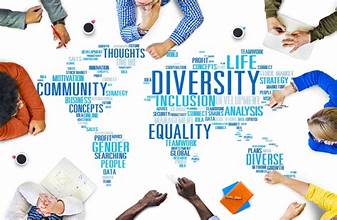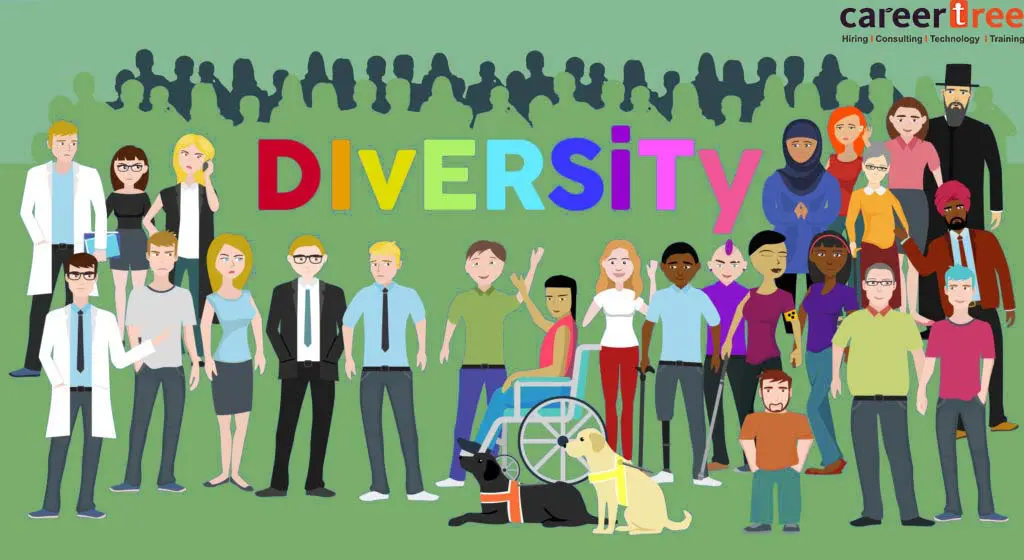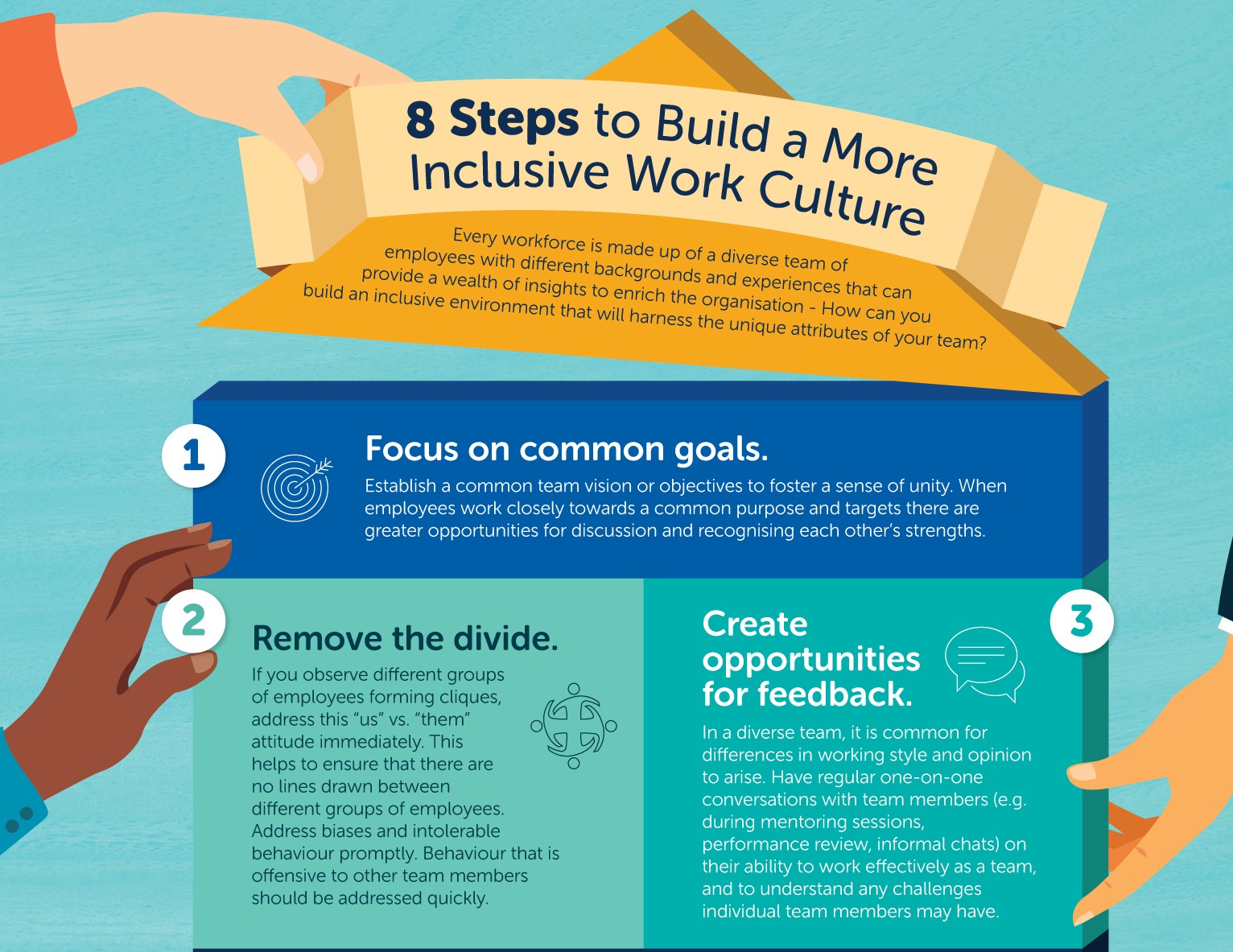In today’s increasingly interconnected world, cultural diversity in the workplace is more than just a buzzword—it’s a crucial component of organizational success. As we move into 2024, the need for embracing cultural diversity and promoting inclusivity in global workplaces has never been more critical. This article explores key strategies for fostering a diverse and inclusive work environment, ensuring that organizations not only comply with global standards but also reap the benefits of a truly multicultural workforce.
Understanding Cultural Diversity in the Workplace
Cultural diversity encompasses the range of differences among people in terms of race, ethnicity, gender, age, sexual orientation, and other attributes. In a global workplace, this diversity also includes different nationalities, languages, and cultural practices. Embracing this diversity means recognizing and valuing these differences while fostering an environment where all employees feel respected and valued.
Promoting inclusivity is about more than just meeting diversity quotas; it’s about creating a workplace where everyone feels they belong. Inclusivity involves actively working to remove barriers and biases that can impede the participation and advancement of employees from diverse backgrounds.
Key Strategies for Promoting Inclusivity in Global Workplaces
- Develop a Comprehensive Diversity and Inclusion Policy
A well-defined diversity and inclusion (D&I) policy serves as the foundation for any successful inclusivity program. This policy should outline the organization’s commitment to diversity, the goals it aims to achieve, and the steps it will take to reach those goals. It should also include measures for accountability and mechanisms for addressing discrimination or bias.
Best Practices:
- Involve stakeholders from all levels of the organization in developing the policy.
- Ensure the policy is communicated clearly and regularly to all employees.
- Include specific goals and metrics to measure progress.
- Provide Diversity and Inclusion Training
Training programs are essential for raising awareness and educating employees about cultural differences, unconscious biases, and the importance of inclusivity. Effective training should be ongoing and tailored to address the specific needs of the organization and its workforce.
Best Practices:
- Offer training sessions that cover a range of topics, including cultural competence, anti-bias training, and inclusive communication.
- Incorporate interactive elements such as role-playing and group discussions to enhance learning.
- Evaluate the effectiveness of training programs regularly and make improvements as needed.
- Create a Diverse and Inclusive Recruitment Process
To build a diverse workforce, organizations need to implement recruitment strategies that attract candidates from various backgrounds. This includes revising job descriptions to eliminate biased language and ensuring that recruitment teams are trained to recognize and counteract their biases.
Best Practices:
- Use diverse hiring panels to reduce the impact of individual biases.
- Partner with organizations and educational institutions that focus on underrepresented groups.
- Implement blind recruitment practices to ensure that initial candidate screenings are free from bias.
- Foster an Inclusive Workplace Culture

An inclusive workplace culture is one where all employees feel they are valued members of the team. This involves promoting open communication, encouraging diverse perspectives, and creating opportunities for all employees to contribute and advance.
Best Practices:
- Establish employee resource groups (ERGs) to support various communities within the organization.
- Celebrate cultural events and recognize significant cultural holidays.
- Encourage team-building activities that promote cross-cultural interactions.
- Implement Fair and Transparent Advancement Practices
Career advancement opportunities should be equitable and based on merit. This requires implementing transparent processes for promotions and performance evaluations and ensuring that all employees have access to the resources and support they need to succeed.
Best Practices:
- Regularly review promotion criteria and performance evaluation processes to ensure they are fair and unbiased.
- Provide mentorship and sponsorship programs to support the development of employees from diverse backgrounds.
- Encourage managers to engage in open and honest discussions about career goals and development plans with their team members.
- Monitor and Measure Diversity and Inclusion Efforts
To ensure that diversity and inclusion initiatives are effective, organizations need to track progress and measure the impact of their efforts. This involves collecting and analyzing data on various metrics related to diversity and inclusion.
Best Practices:
- Use surveys and feedback mechanisms to gather input from employees about their experiences and perceptions of inclusivity in the workplace.
- Track key performance indicators (KPIs) related to diversity, such as representation, turnover rates, and employee satisfaction.
- Regularly review and adjust strategies based on data and feedback to continuously improve inclusivity efforts.
- Promote Global Collaboration and Cross-Cultural Exchange
In a global workplace, promoting collaboration and cross-cultural exchange can enhance understanding and cooperation among employees from different regions and backgrounds. Encouraging global teams and projects can help bridge cultural gaps and foster a more inclusive environment.
Best Practices:
- Facilitate opportunities for employees to work on international projects or collaborate with colleagues from different countries.
- Encourage knowledge sharing and cultural exchange through virtual meetings, workshops, and team-building activities.
- Provide resources and support for employees to navigate cultural differences and work effectively in diverse teams.
The Benefits of Embracing Cultural Diversity and Inclusivity
Embracing cultural diversity and promoting inclusivity in the workplace offers numerous benefits, including:
- Enhanced Innovation and Creativity: Diverse teams bring different perspectives and ideas, leading to more innovative solutions and creative problem-solving.
- Improved Employee Engagement and Retention: Inclusive workplaces are more likely to retain top talent and foster higher levels of employee engagement and satisfaction.
- Better Customer Understanding: A diverse workforce can better understand and address the needs of a global customer base, leading to improved customer relationships and satisfaction.
- Stronger Organizational Reputation: Companies that are known for their commitment to diversity and inclusion can attract top talent and build a positive reputation in the marketplace.
Conclusion
As we navigate the complexities of the global workforce in 2024, embracing cultural diversity and promoting inclusivity remain crucial for organizational success. By implementing the strategies outlined above, organizations can create a more equitable and supportive work environment that benefits both employees and the organization as a whole. Embracing diversity is not just about meeting compliance standards—it’s about unlocking the full potential of a diverse workforce and driving innovation and growth in an increasingly globalized world.


